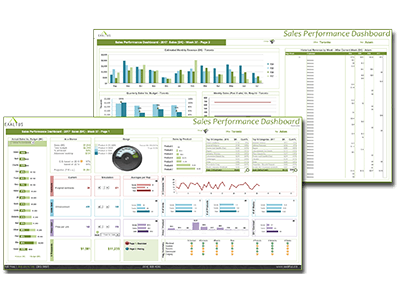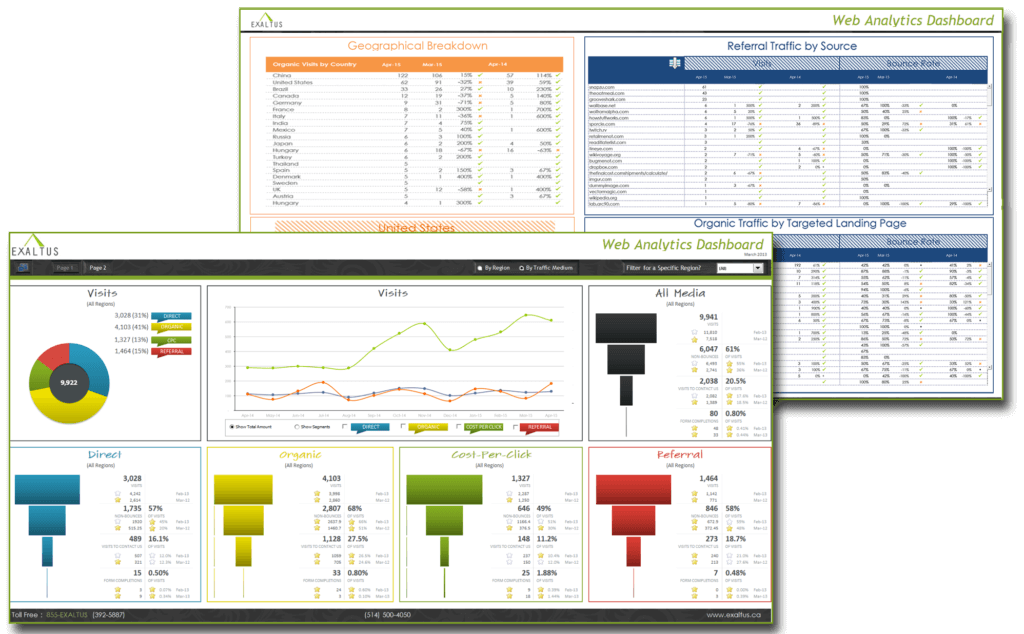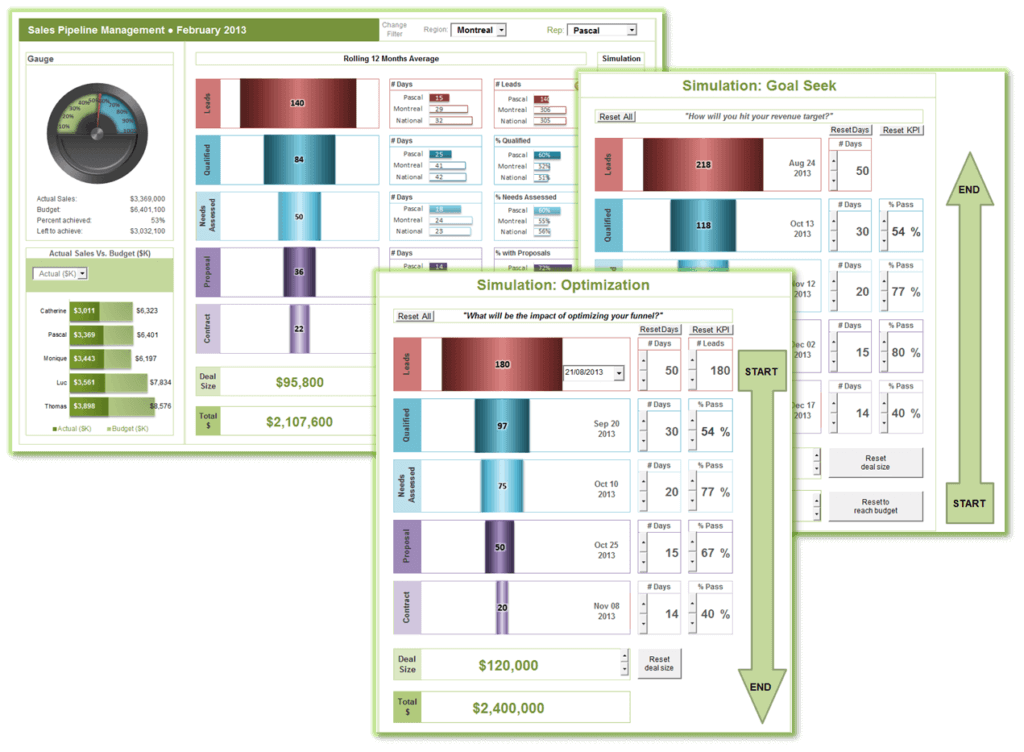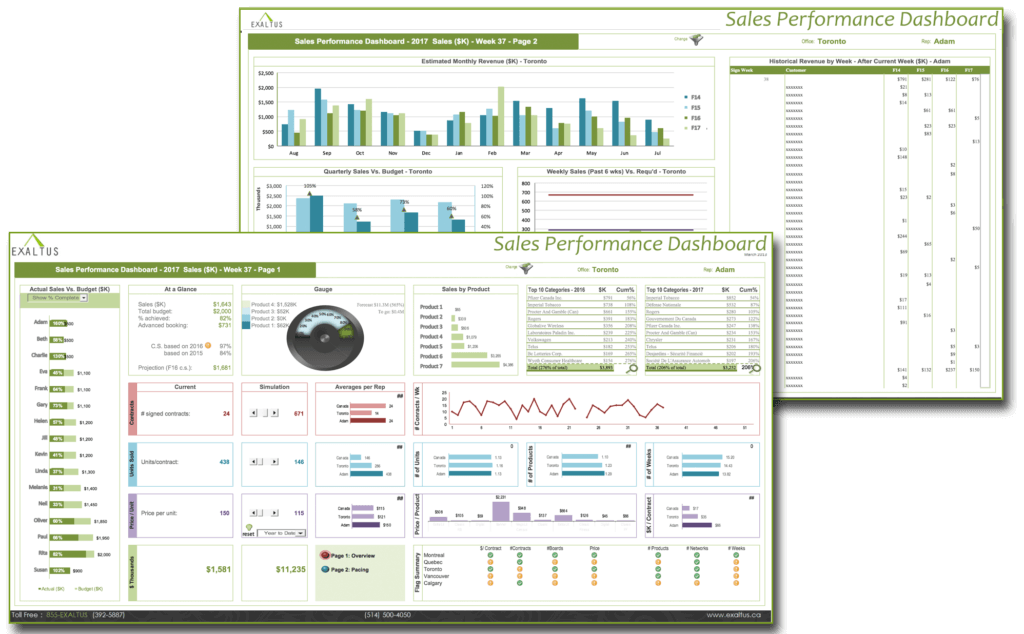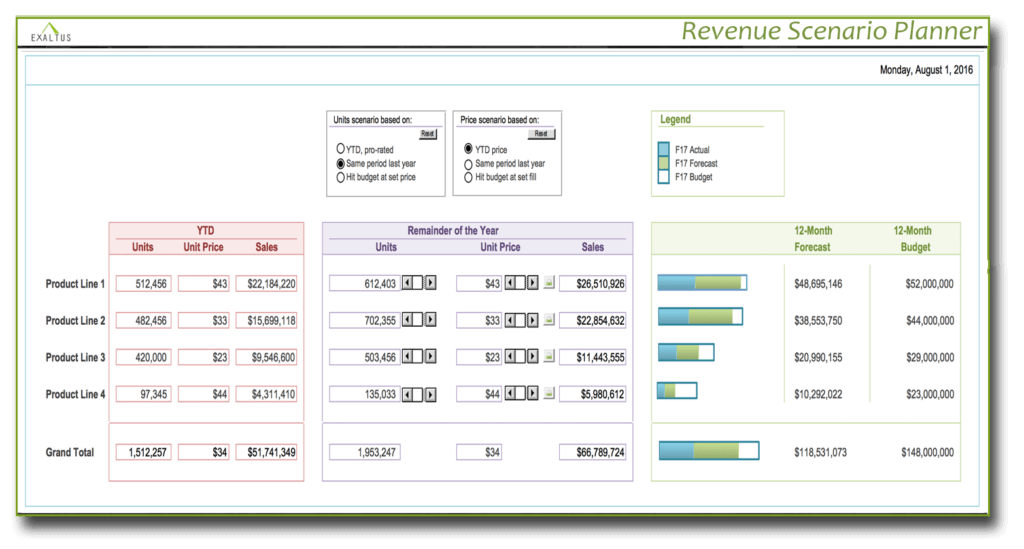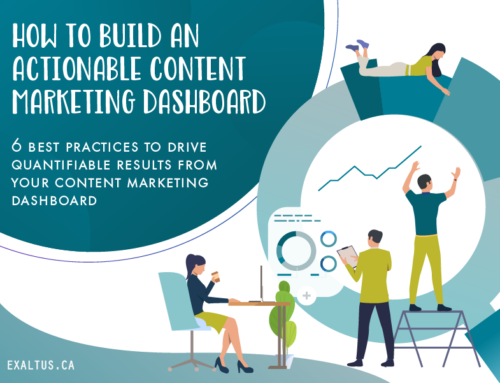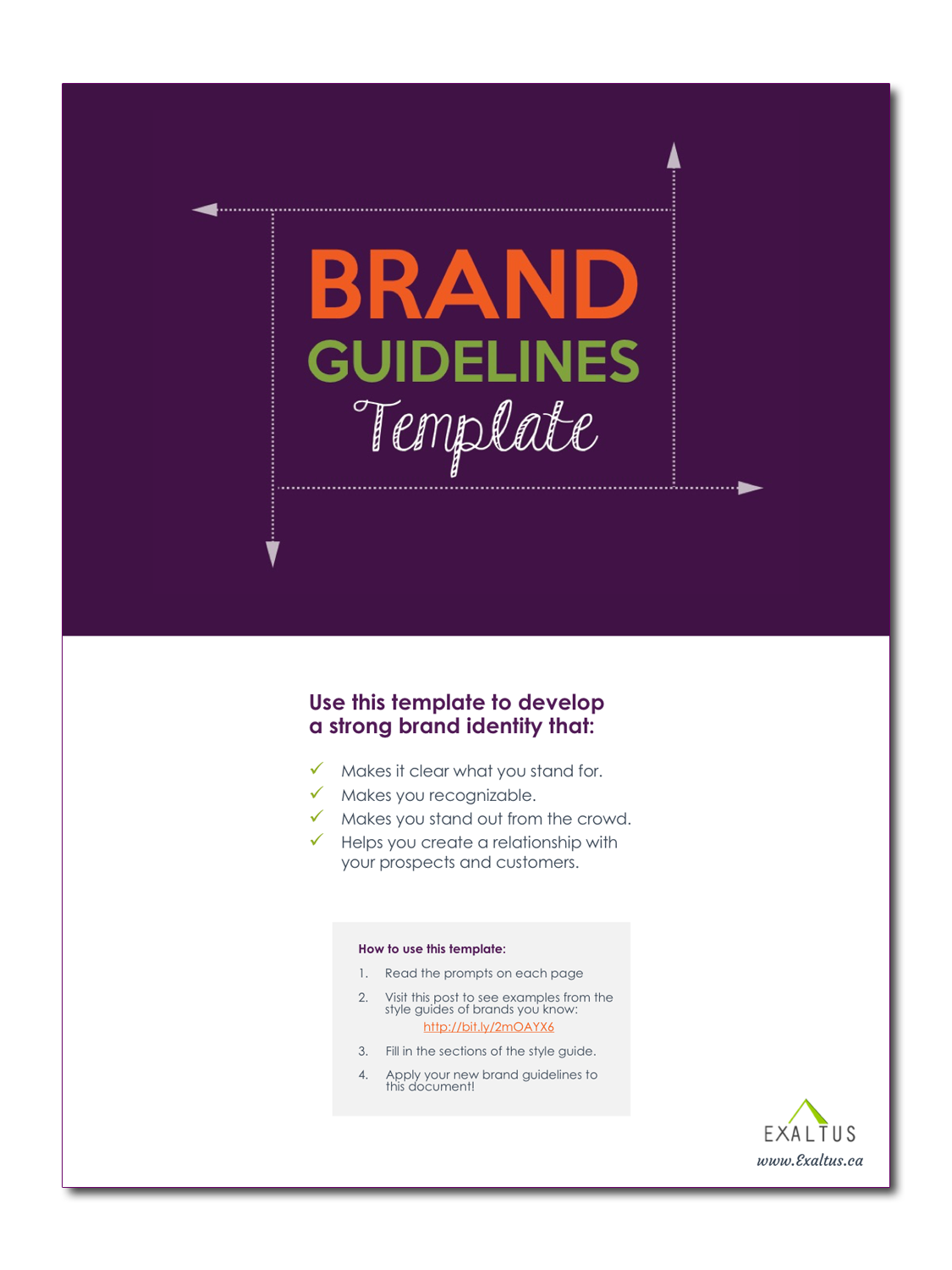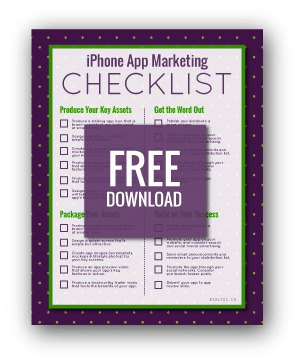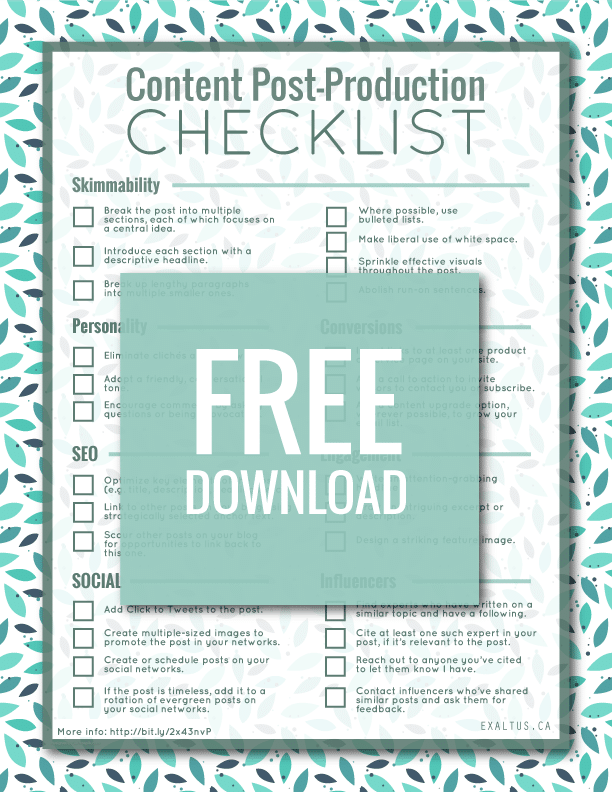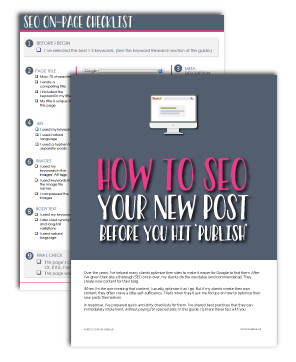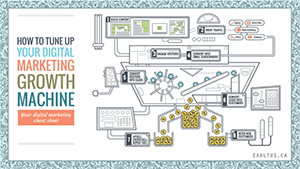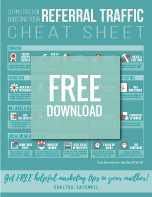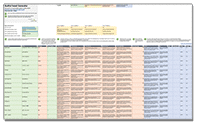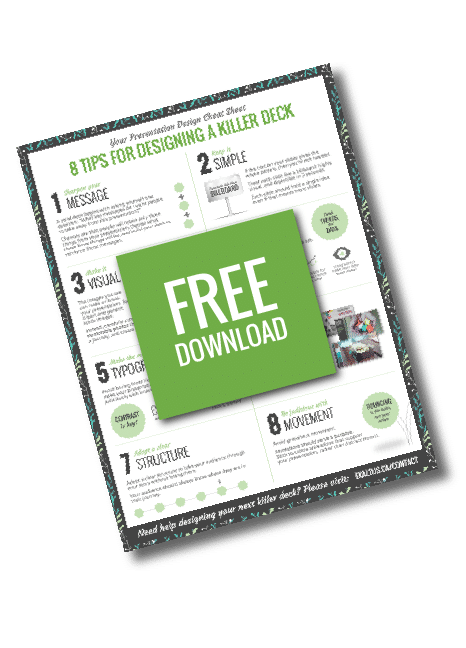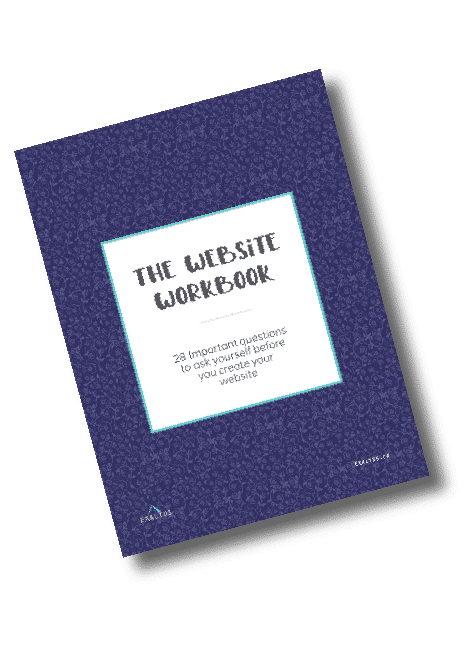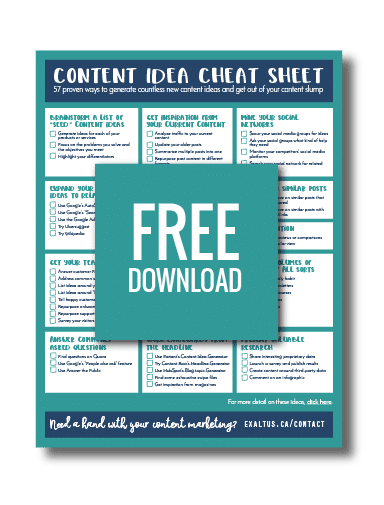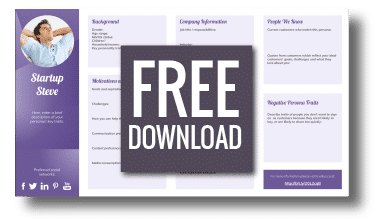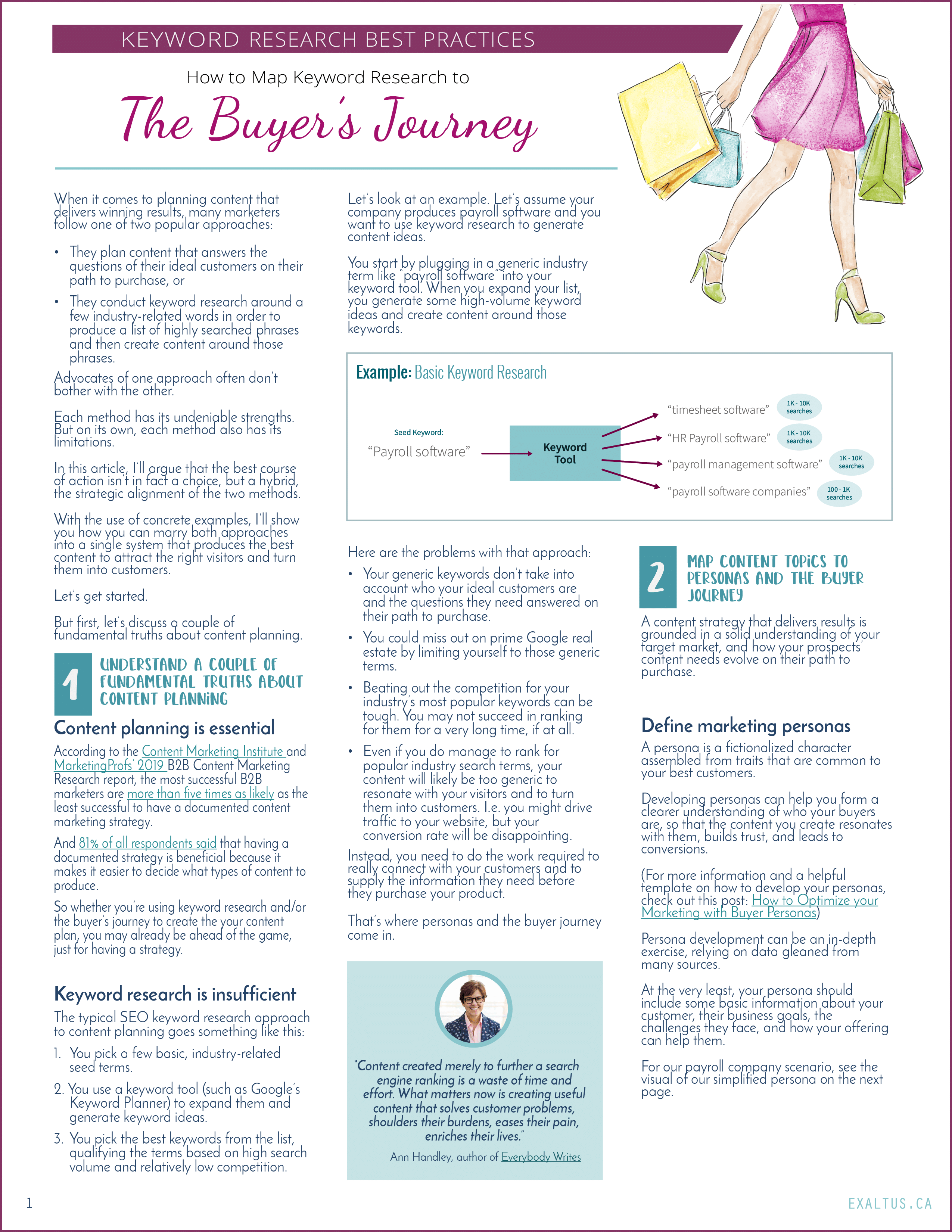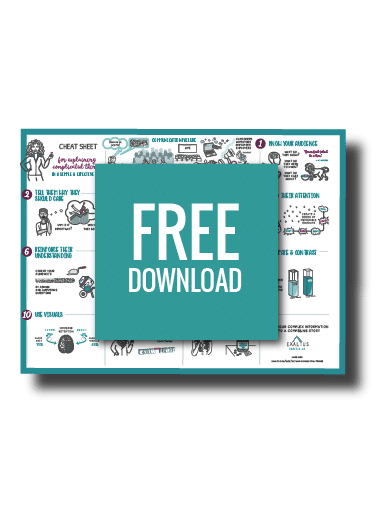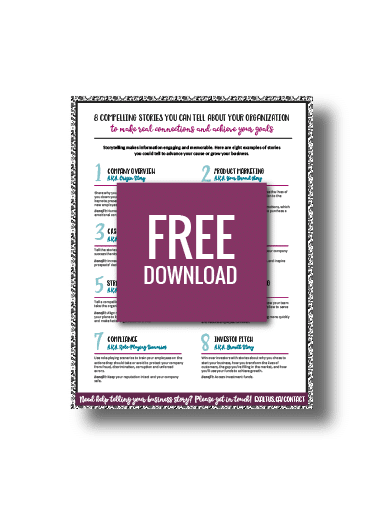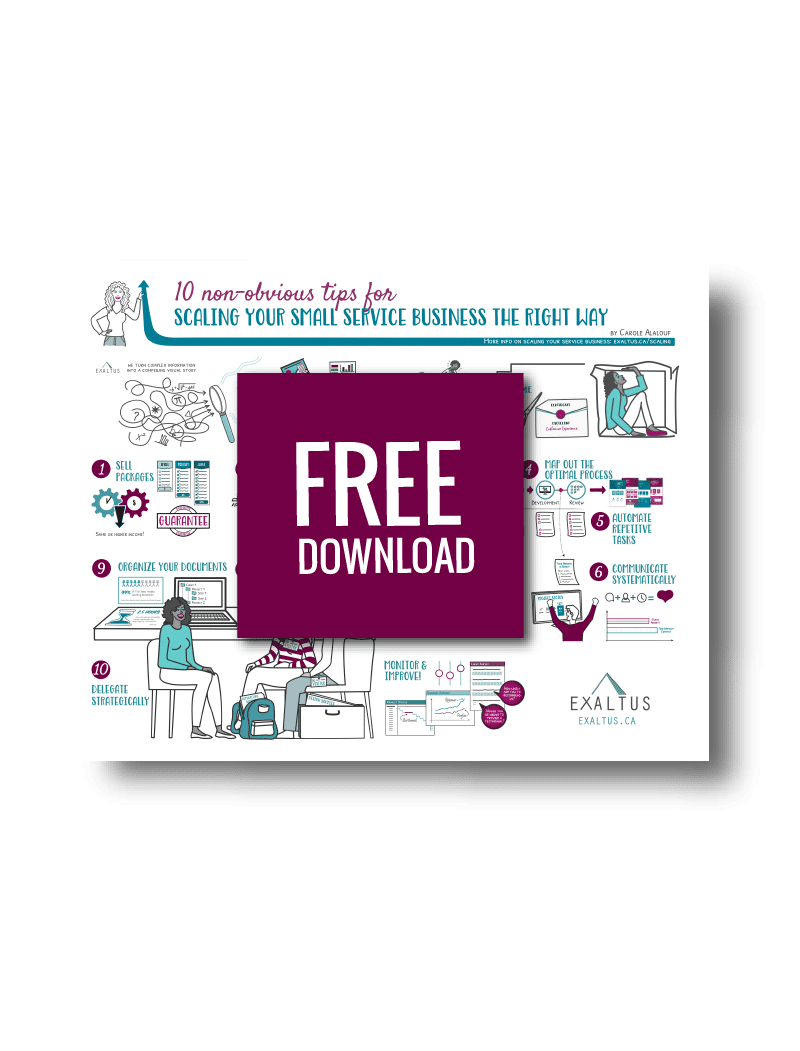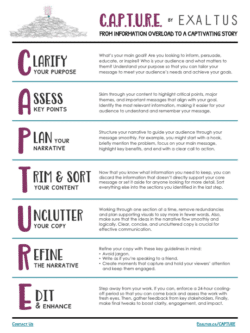Turning your company’s complex information into a compelling story can help you attract and engage new customers on their path to purchase. But there’s a very different kind of story in your corporate data that is waiting to be discovered.
In their nooks and crannies, your company’s sales and marketing numbers conceal juicy secrets. Secrets that could make a difference to your bottom line. According to McKinsey, companies who ground their marketing and sales decisions in analytics can improve their return on marketing investment (RMOI) by 15 to 20 percent.
Finding the Stories Hidden in Your Data
In the past, we simply didn’t have access to the data we needed to make informed decisions. And when we did have it, it took sophisticated analysts – and lots of time – to extract and interpret it. Today, every system we use serves up heaps of data. What we need is a simple way to aggregate that data, to empower our managers to analyze it quickly, and to find the hidden insights buried within it. That’s where business dashboards come in.
Business Dashboards
Ever since my days as an analytics geek, I’ve been building business dashboards that highlight problems and opportunities, and help managers make better decisions. In this post, I’ll show you my four favourite business dashboards, as well as the secrets they reveal.
- The Web Analytics Dashboard
The Web analytics dashboard answers important questions about your site’s traffic and conversion metrics, and flags key opportunities. For example:
- Which sources of traffic provide the highest conversion rates?
(Opportunity: Look for ways to get more of this type of traffic to see a dramatic boost in conversions.) - Which sources provide the most traffic?
(Opportunity: Optimizing conversions from these sources will have the highest impact.) - How have traffic and conversion metrics changed over time?
(Opportunity: Look for ways to recreate the events that triggered improvements.)
- Which sites are sending you high-quality referral traffic?
(Opportunity: earn more links from the same or similar sites.) - Are there any regional patterns you should be aware of?
(Opportunity: consider adjusting your geo-targeting, local SEO efforts, and other marketing tactics to drive traffic from desirable markets.) - Which landing pages are performing the best, and which are losing you potential clients?
(Opportunity: Search-engine optimize high-converting or strategic pages that aren’t driving enough traffic, and optimize the conversion rates of high-traffic pages.)
2. The Sales Pipeline Management Dashboard
The Sales Pipeline Management dashboard provides great visibility over your sales funnel so that you can address any blockages and win more contracts. This business dashboard will answer important questions about each of your sales representatives, as well about your team as a whole. For example:
- How effectively do they take prospects through the different stages of the sales funnel? At which stage do they tend to lose business
(Opportunity: look for ways to improve the sales process to address blockages.) - How long does it take them to move prospects through each stage?
(Opportunity: look for ways to optimize the system to keep the ball rolling.)
- What would be the financial impact of optimizing their funnel?
(Opportunity: Use the built-in simulation engine to tweak assumptions of conversion rates and time spent at each stage, and evaluate the impact on forecast revenues.) - What improvements would they have to make to hit their targets?
(Opportunity: Use the built-in goal-seeking capabilities to set specific targets – e.g. number of leads, conversion rates, timing – that will allow them reach their revenue objectives.)
3. The Sales Performance Dashboard
The Sales Performance dashboard aligns your sales organization along clear objectives, uncovers untapped opportunities, and provides a platform for informed sales coaching. This business dashboard answers important questions about each of your sales representatives, as well as about your various teams, including:
- How are they performing vs. budget, and vs. everyone else?
(Opportunity: Use a predictive analytics solution like Clearfit to find out what makes your high performers so successful, so that you can hire and develop more people just like them.) - How are they performing along the defined key performance indicators (KPI), such as the number of contracts, units sold, pricing, etc.?
(Opportunity: Identify the areas where their performance can be improved and devise a plan to do so.) - How would small improvements to the KPI impact their sales results?
(Opportunity: Use the built-in simulation engine as a training platform to help them internalize the impact of making small improvements to their process.)
- How have their KPI changed over time?
(Opportunity: Spot and discuss trends in their performance. Recognize improvements and address issues before they become critical.) - How do monthly sales compare to past years?
(Opportunity: Track performance while taking seasonal fluctuations into account.) - How do their sales break out by product, category and customer?
(Opportunity: Highlight lagging areas and take corrective action. Highlight successes and try to repeat them across products, categories and customers.)
4. The Scenario Planning Dashboard
The Scenario Planning dashboard is designed to give senior executives a macro view of the company’s financial performance, and to interactively evaluate which scenarios would produce desired levels of revenues and/or profits.
This business dashboard is custom built around the specific assumptions, or drivers, that were used to establish your company’s financial objectives.
For example, assume you built up your revenue budget by setting assumptions for the number of units that you plan to sell of each product and for the price at which you intend to sell them. Your Scenario Planning dashboard would then:
- Show you a snapshot of actual units sold and average selling price to date.
- Visualize the impact on revenue of applying different pre-defined scenarios to the remainder of the year for your various revenue drivers.
For example, you could assume the same selling price as the same period last year.
- Use sliders to interactively adjust your assumptions, beyond your pre-determined scenarios, and see revenues adjust dynamically.
- Set goal seeking conditions to see what value a given driver would need to be set at, given the scenarios you have in place for the other variables, in order to achieve your revenue targets.
Final Word
Over the years, these business dashboards have served me well, and empowered my colleagues and clients to make more informed decisions.
Do you keep a watchful eye on metrics that are not covered here? Do you have your own business dashboards you swear by? I would love to hear from you in the comments.

